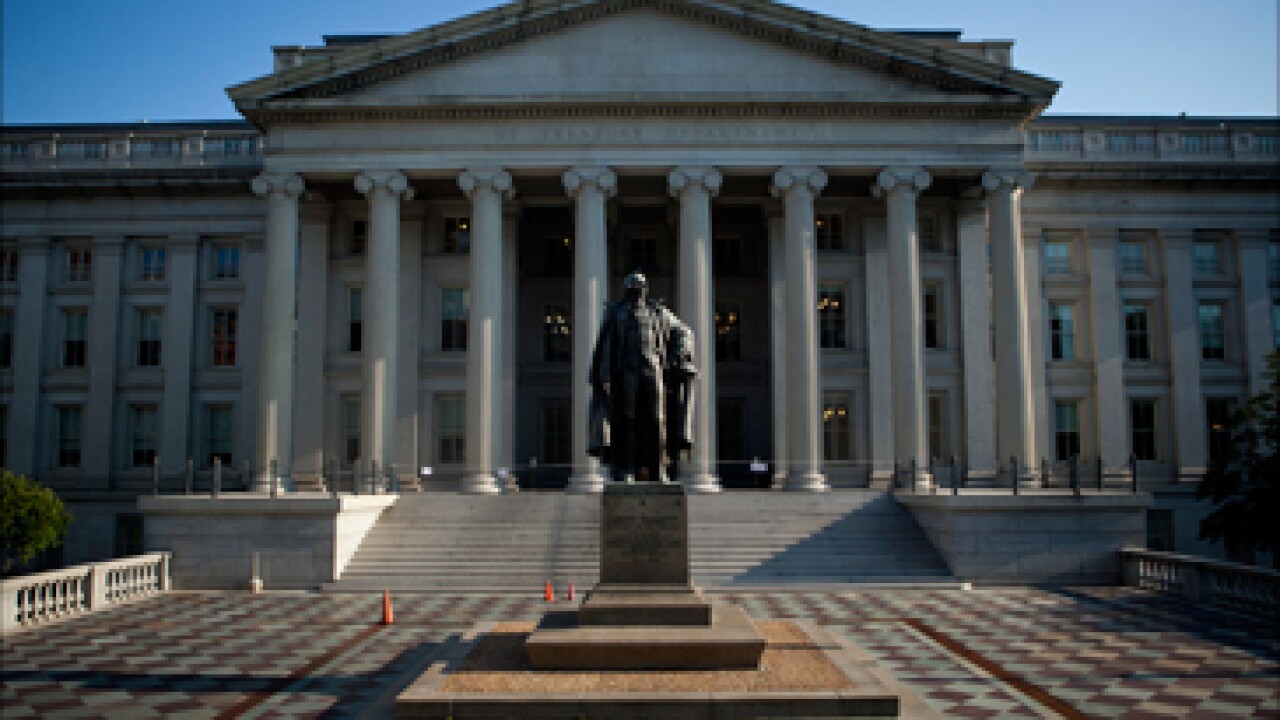-
Despite widespread concerns at community banks, industry experts assert that regularly testing can help bankers with strategic planning.
December 11 -
Thirty U.S. financial institutions on Friday received a new batch of instructions to perform their annual stress test exercise next year, the Federal Reserve Board said. Unlike last year, however, the Fed added a few changes given its ongoing concern tied to securities financing transactions.
November 1 -
In its next round of stress tests, the Federal Reserve revisits conditions similar to those of the Great Recession. But booms are far more dangerous for bank stability than recessions, since the seeds of failure are invariably sown during them.
November 13
In November, regulators published further stress test
It is easy to see the stress tests as an annoying distraction to banks, and that is certainly a common opinion if the tone of the
- The quantification of reasonably "knowable" risks
- The quantification of possible risks
- Mapping risks being actively taken to the bank's risk appetite
While the exact details vary from firm to firm, market risk frameworks tend to be built around value-at-risk metrics, historic stress tests and
So, what specifically makes the CCAR tests stand out as a risk tool?
- They are
run over nine quarters a significant departure from theinstantaneous stresses that typify trading book and most banking book risk management. - The banking and trading books are viewed as one currently these are largely treated as silos with separate risk teams.
- The tests are not a result of any existing data management currently run by the bank a significant change from the stress testing that comes from within the bank as a result of its own data and data exploration.
- The mapping of the bank's capital plans over the results of the stress tests arguably the most important regulatory development, where capital planning and the implied risk appetite are combined with stress testing to create a more risk-centric approach.
These elements present challenges and opportunities for risk departments. The first challenge is the calibration of a macro-level stress test. This requires the bank to convert economic factors into pricing risk factors that internal risk calculators can use. As a standalone exercise, this is useful in terms of how fast the risk department can respond to questions regarding external elements that may damage the bank as a whole. There have been many cases where such questions, asked in extreme circumstances, have taken weeks, rather than hours or days, to answer.
The inclusion of the trading and the banking book also serves a useful purpose. The two are still treated separately in many banks, coming together only in terms of their joint contribution to regulatory capital. The requirement to apply the nine quarters' worth of scenarios, within each stressed timeline, to both books means there is an absolute requirement to view these core elements together. Of course there are questions around the treatment of each, such as whether the trading book should be "aged" or treated as static, to ensure a constant level of risk through the nine quarters. That does not change the fact that this approach represents a definitive point of commonality between the two most significant pillars of risk in the bank.
The end result, from a regulatory point of view is, of course, the CCAR report. This report will include the overlay of the bank's capital plans and positioning on top of the stress test results, and of course a judgment, by the regulators, on the viability of the planning, when viewed under the stressed conditions. This can be seen as a significant move in favor of the measurement of the stated risk appetite against actual risk positioning.
Regardless of the origination of this test, it is difficult to not see it as an eminently sensible use of the risk department and its analysts. The discussion around risk appetite has been active for many years, and has been particularly pointed since the last crisis. At the same time, the roles of risk management, and the bank chief risk officer, have been under increasing scrutiny, with a call from the market as a whole for risk to be more centrally and strategically placed. Coupling capital planning with a range of stressed, mid-term scenarios, would seem to answer that call perfectly.
In short, risk management has become a bandied-about buzzword since 2008, but whether its internal status has been raised commensurately with the commentary is far more debatable. The CCAR stress tests offer an opportunity for risk departments and CROs to build a framework that ensures a view across all assets; enables a review of all contributing calculation engines; fire-drills the bank's agility to answer enterprise-wide questions; and, perhaps most importantly, makes the seat at the strategic table a reality for professionals once derided by colleagues as "business prevention officers."
Marcus Cree is vice president of risk solutions, capital markets at SunGard, a global software and technology services company.





